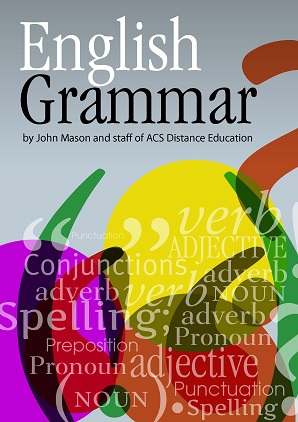 Become an Editor or Proof Reader.
Become an Editor or Proof Reader.
A good editor is always in demand; with the internet, today’s editors can often work from anywhere in the world. Editors work for publications both in house, and as contractors or freelancers.
In this course, you'll learn about different styles of editing, how to mark up manuscripts, the importance of layout, and more.
Our tutors are professional writers and editors. Our principal John Mason has worked as editor for four print media magazines, and has over 40 published books - experienced in working with some of the worlds leading publishers ranging from Simon and Schuster to government publishers.